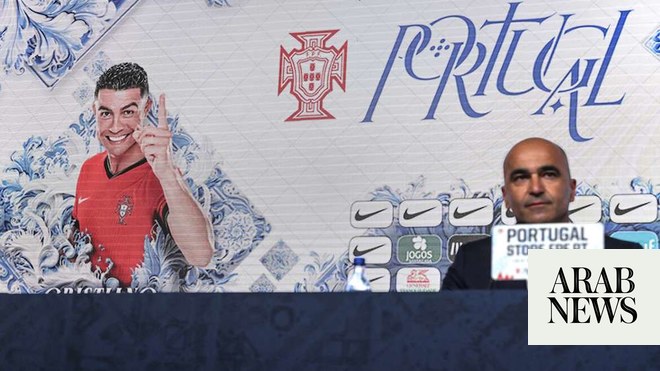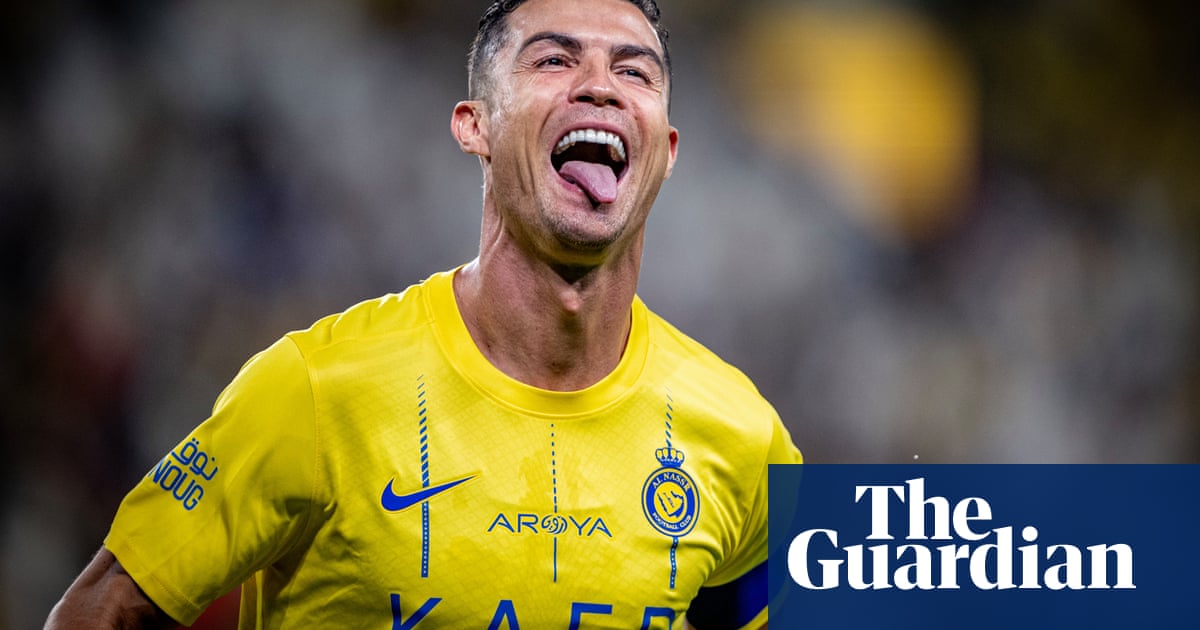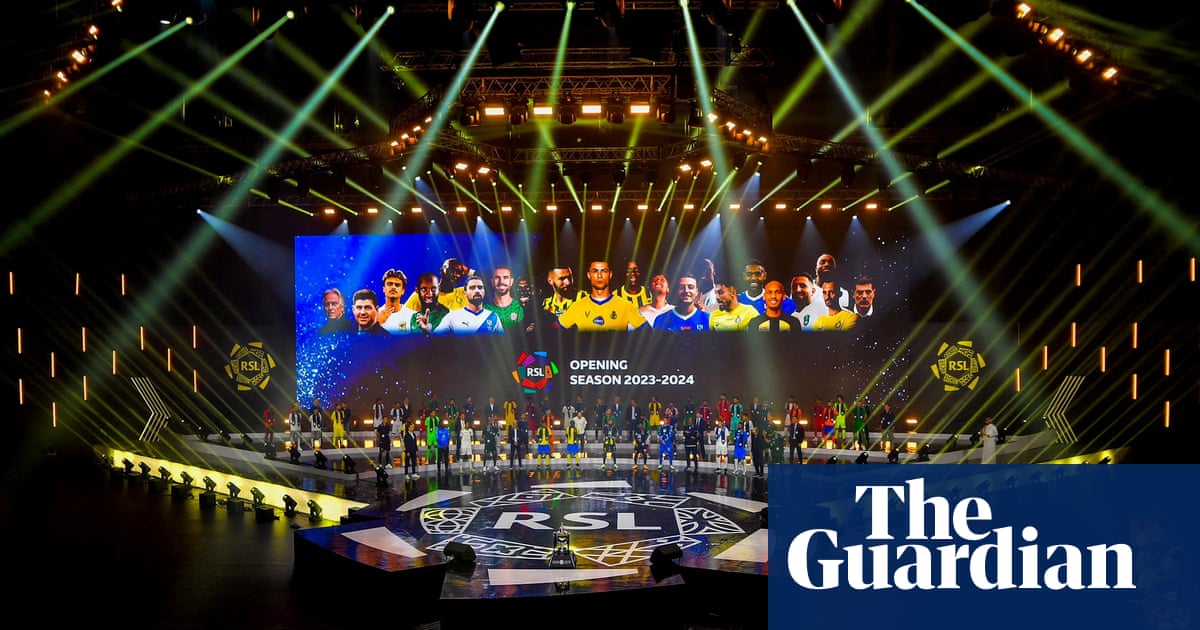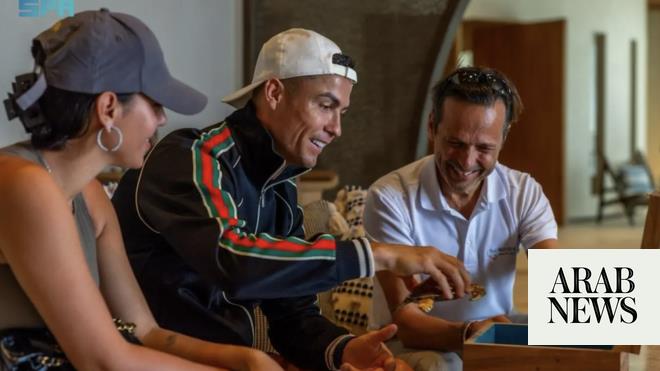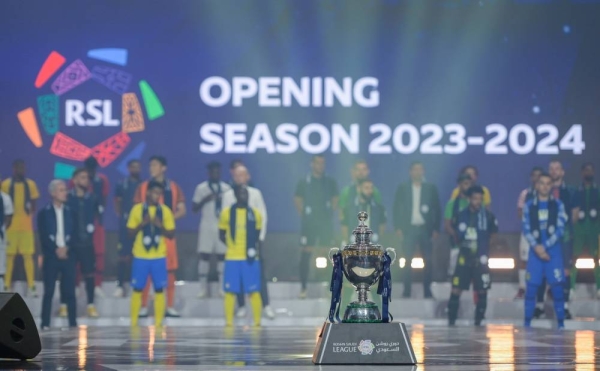
It’s the 85th minute of Austria’s opening group game against France, and with Austria striving for a late equaliser, Patrick Wimmer runs through on goal. Wimmer is 23 years old, rapid, and plays his football for Wolfsburg in the Bundesliga under the count of counter-pressing, Ralph Hasenhüttl. But as Wimmer puts on the burners, he has reckoned without a 33-year-old midfielder from – according to Opta – the world’s 26th best league.
Like an action hero chasing down a runaway train, N’Golo Kanté steams in and eats up the ground between Wimmer and himself. He claims the ball with his whirring legs, bringing the France bench to its feet in applause. Kanté was the player of the match on Monday night, having lasted the full 90 minutes. He hit a top speed of 21.4mph – second only to Kylian Mbappé – and covered 11.8km, more than any France player. “That’s why we brought him,” the France coach, Didier Deschamps, said afterwards. “He was brilliant.”
But even Kanté’s distance fell some way short of the 13.9km covered for Serbia against England by Sergej Milinkovic-Savic. Then there was Nicolae Stanciu, the Romania midfielder who opened the scoring against Ukraine and was also named the player of the match. Then there was Cristiano Ronaldo, who lasted 90 minutes for Portugal against the Czech Republic and even if he failed to find the net, looked sharp enough for a 39-year-old.
All of which instinctively feel like the kind of things that weren’t supposed to happen any more. Kanté moved to Al-Ittihad last summer, Ronaldo to Al-Nassr, Milinkovic-Savic to Al-Hilal, Stanciu to Damac, and as we all know moving to Saudi Arabia is the footballing equivalent of when EastEnders characters used to “go to Manchester”: a kind of euphemistic career death. A gentle exit stage right. That’s you done.
And yet, despite having supposedly killed off dozens of elite careers last summer, the Saudi league is reasonably well represented at these Euros, supplying 14 players: more than most of the countries that actually qualified. In terms of overseas players (ie players based outside their home country), the Saudi Pro League is actually the sixth biggest supplier at Euro 2024: ahead of the Eredivisie, the Turkish Super Lig and the Portuguese Primera Liga. Al-Hilal and Al-Nassr have more players representing them in Germany than Marseille, Valencia, Sporting or Rangers.
So what exactly is happening here? Have rumours of the innate agrarian character of the Saudi Pro League been greatly exaggerated? When the organisers of this ruthlessly spendthrift, carbon-powered, autocracy-washing vanity project claim to be building an elite sporting competition, are they actually on to something? Well: it’s more complicated than it looks.
The first thing to note is the age profile of many of the Saudi-based players in Germany. With the exception of Ronaldo, the majority are aged between 29 and 33: still young enough to get around the pitch and old enough to have a substantial body of work to fall back on. And, of course, these are players who were very recently playing at elite level. Aleksandar Mitrovic (Al-Hilal) and Aymeric Laporte (Al-Nassr) both featured in the 2023-24 Premier League. Yannick Carrasco (Al-Shabab) started the La Liga season for Atlético Madrid.
These are guys who can still do it, and very fleetingly at their very highest level, but not for a full gruelling European league season. Kanté’s last season at Chelsea was wrecked by a chronic hamstring injury, to the point where most people barely noticed him leaving. The same is true of Laporte, who started just 11 games in Manchester City’s 2022-23 title-winning season. Ronaldo’s move was obviously higher-profile, but he was a similarly peripheral figure during his last few months at Manchester United.
All have gone on to play a full and flourishing role for their sides this season, Ronaldo to the extent of 50 goals in all competitions. All of which should put into perspective not just the standard of the league, but its reduced demands on the body. “The physicality of the league, the tempo of the game is different,” Mitrovic has said. “One year in England is like two or three years in a different league. I had nothing left to give.”
Yet while the Saudi Pro League has very little to offer in terms of intensity or elite competition, many international coaches are ironically discovering that its gentler waters make it ideal long-term preparation for playing in an international tournament: a plentiful source of low-risk minutes, a way of keeping the body ticking over without ever threatening to over-exert it.
“He has regained his athletic abilities,” Deschamps said of Kanté ahead of the tournament. “We can discuss the specific intensity in Saudi Arabia, but he played more than 4,000 minutes.”
And really, for ageing players who still want to drink from the keg of glory without flogging themselves through a whole winter, this is something of a no-brainer. Swap 10 months of intense sprints and bone-shattering challenges for nine months of jogging around in a warm climate, followed by one month of genuine exertion. And that’s before we even get into the finances.
Of course, this strategy only really works for a small subset of players, those with their reputation already established and their place secure. And naturally it still carries its risks. Jordan Henderson would still probably be in the England squad had he not decided to join Al-Ettifaq last summer, a move that not only forced Gareth Southgate to field a lot of awkward questions about LGBT rights, but forced him to get a DAZN subscription.
The word is that over the next few windows Saudi clubs will try to bring a younger age profile to the league, with rumours – and of course these are just rumours – of bids for Federico Chiesa, Serhou Guirassy, Lucas Paquetá and Mohammed Kudus. But perhaps the cautionary tale of the entire Saudi exodus is that of Gabri Veiga, one of the brightest young talents in Spain, who decided to move from Celta Vigo to Al-Ahli last summer at the age of 21. After an injury-plagued and trophyless season, during which he has singularly failed to attract the attention of Spain coach Luis de la Fuente, Veiga is said to be considering a return to Europe.
And as ever with anything related to Saudi and sport, there are other games being played here, a broader strategy of which the distance covered statistics of Kanté form a small but important part. The success of the Saudi league is of great interest to the country’s ruling regime, who see in the big names and billion-dollar investments a kind of cultural currency, a legitimacy, an emblem of how power is draining away from staid old Europe.
This may be a European tournament, but the wider fault lines are still visible everywhere you look. There are “Visit Qatar” signs all over Germany, as one of the major tournament sponsors tries to make its presence felt. The major automotive sponsor of the tournament is not one of the German car giants but a Chinese manufacturer few in Europe will ever have heard of. Meanwhile the Saudi press has been making a big noise about the early success of “their” players, the performances of Kanté and Ronaldo a kind of patriotic vindication of the project.
One of the major obstacles to recruiting more top players up to the Saudi Pro League has been the perception that it is a kind of retreat, a step down, a de facto forfeiture of the big time. Tournaments like the Euros are thus a crucial part of the sales pitch: proof, to any potential new signings, that they can still compete on the biggest stages, and perhaps even preserve a little knee cartilage while doing it.




